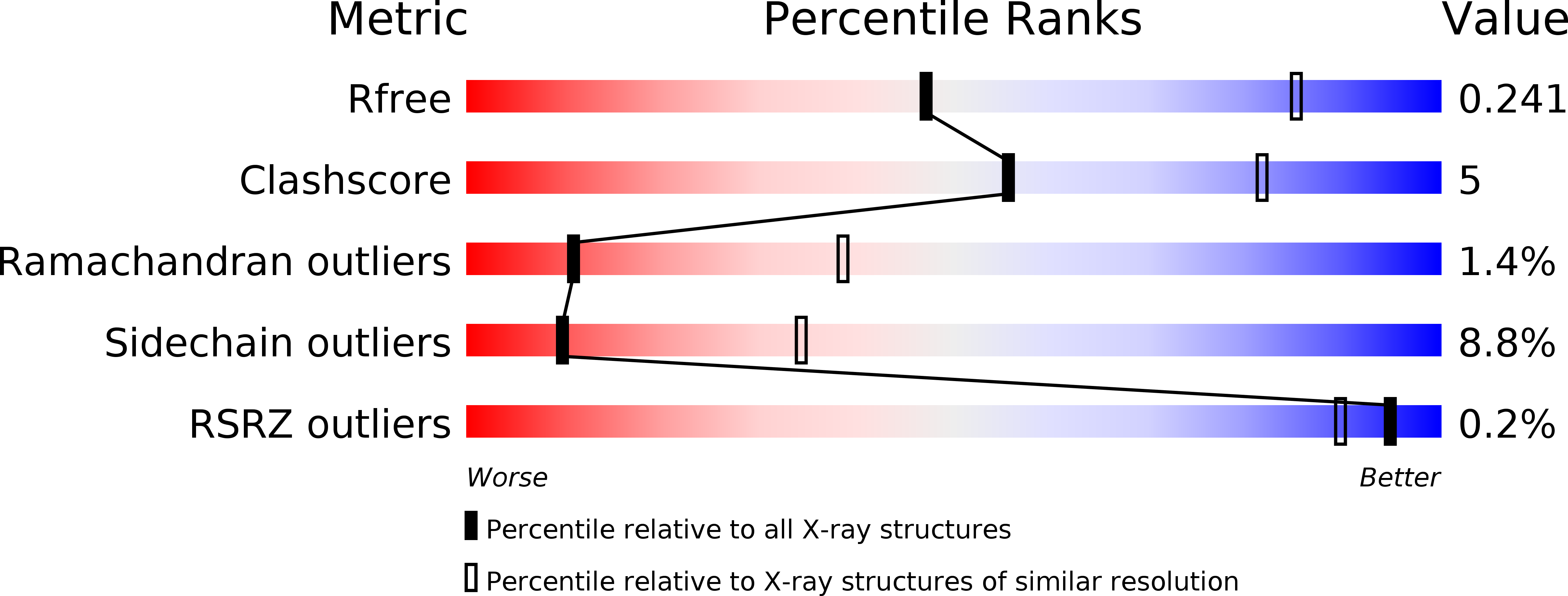
Deposition Date
2014-09-09
Release Date
2014-09-24
Last Version Date
2024-10-30
Entry Detail
PDB ID:
4RA0
Keywords:
Title:
An engineered Axl 'decoy receptor' effectively silences the Gas6-Axl signaling axis
Biological Source:
Source Organism:
Homo sapiens (Taxon ID: 9606)
Host Organism:
Method Details:
Experimental Method:
Resolution:
3.07 Å
R-Value Free:
0.24
R-Value Work:
0.20
R-Value Observed:
0.20
Space Group:
P 32 2 1


